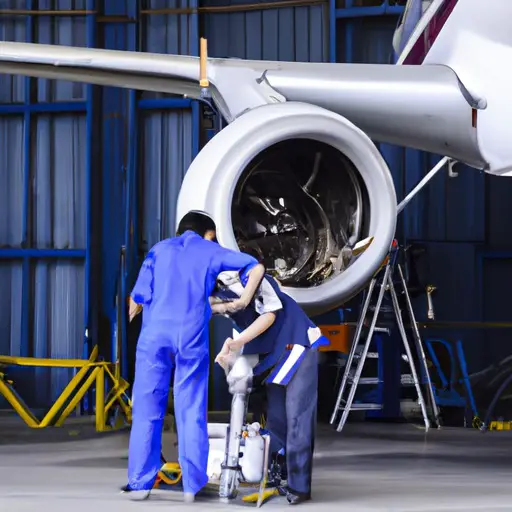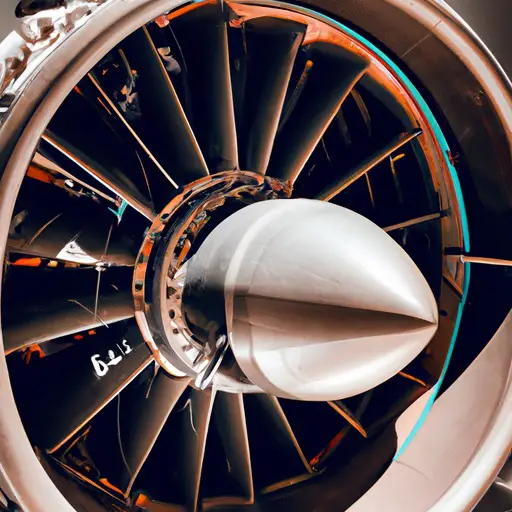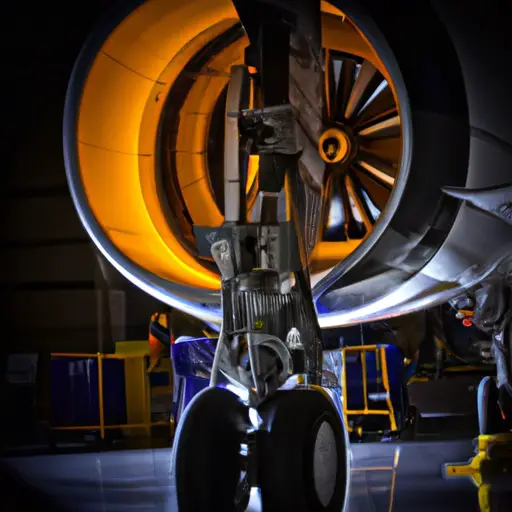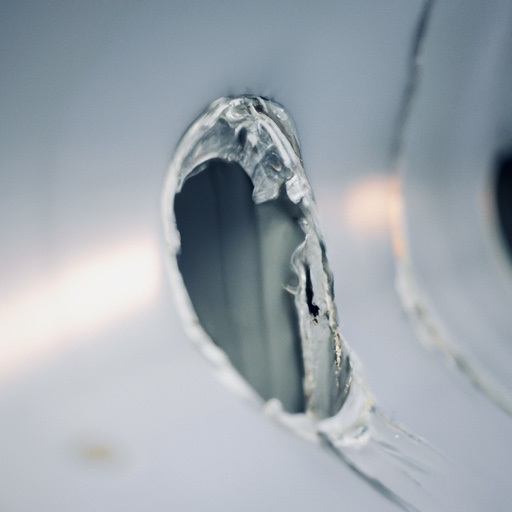
How Airports Keep Runways Clear From Foreign Object Debris (FOD)
Foreign Object Debris (FOD) is a prominent concern in the aviation industry. The term refers to any material that is not intended to be on the runway, including rocks, metal pieces, tools, luggage, wildlife, or even parts of aircraft.
FOD can inflict serious damage to aircraft engines, tires, wings, or fuselage, and pose a safety risk to passengers and crew. FOD incurs costs of over $4 billion per year for the aviation industry, covering repairs, delays, and accidents.
To mitigate FOD incidents, airports need to implement effective FOD management programs. These programs encompass regular inspections, removal procedures, and preventative measures against debris on the runways.
This article delves into the various methods and technologies airports employ to maintain their runways clear of FOD.
The Role of Runway Inspections
Runway inspections form the bedrock of FOD detection and removal. Conducted by trained personnel, these inspections can either be manual or assisted by technologically advanced vehicles equipped with cameras, sensors, or magnets.
The frequency and timing of these inspections are influenced by several factors, including the airport’s size, traffic volume, prevailing weather conditions, and regulatory requirements.
Manual Inspections
Manual inspections involve personnel walking or driving along the runway, visually scanning for any debris. This method, while simple and cost-effective, can be time-consuming and prone to human error.
Furthermore, manual inspections can cause disruptions to airport operations, as they often require runway closures or reduced capacity. Yet, they remain an essential part of the FOD management process.
Vehicle-Based Inspections
Vehicle-based inspections utilize specialized vehicles equipped with FOD detection and collection apparatus such as cameras, sensors, or magnets. These vehicles offer the advantage of covering larger areas more quickly and accurately than manual inspections. Nonetheless, they come with a higher price tag and require regular maintenance and calibration.
Like manual inspections, vehicle-based inspections also have the potential to interfere with airport operations, emphasizing the importance of coordination with air traffic control.
Automated FOD Detection Systems
Another key tool in the arsenal against FOD is automated FOD detection systems. These systems, leveraging radar, laser, or optical technologies, continuously monitor the runway surface, providing real-time alerts to airport staff about the presence of any debris.
FOD detection systems enhance airport safety and efficiency by reducing the need for manual or vehicle-based inspections and enabling faster response times. They also provide valuable data and analytics on FOD trends and patterns, which can be used to improve FOD prevention strategies.
However, these systems are expensive and complex to install and operate. They also have limitations, such as difficulty detecting small or low-contrast objects or functioning optimally under adverse weather conditions.
FOD Prevention Measures
Detection and removal are just part of the FOD management equation. Equally important are the measures taken to prevent FOD occurrences in the first place. Here are some of the common FOD prevention strategies employed:
- Good Housekeeping Practices: Maintaining the airport premises in an orderly manner, ensuring tools, equipment, and materials are properly secured and organized.
- FOD Awareness and Reporting: Educating airport staff, contractors, and visitors on the importance of FOD awareness and reporting.
- Physical Barriers or Nets: Installing physical barriers or nets around the runway perimeter to prevent wildlife intrusions or unauthorized access.
- Runway Design and Construction: Designing and constructing runways with smooth surfaces and adequate drainage to prevent cracks, potholes, or water accumulation that could attract or hide FOD.
- Quality Control Procedures: Implementing stringent quality control procedures for aircraft maintenance and operations to ensure proper installation and removal of aircraft parts and components. Regular checks and strict compliance can prevent parts from becoming FOD.
Each of these preventative measures contributes to the overall reduction of FOD risks, improving the safety and efficiency of airport operations.
Final Thoughts
FOD poses a serious and ongoing threat to airport safety and efficiency. It demands constant vigilance and proactive management from airport authorities. Through a combination of vigilant inspections, advanced detection systems, and preventative measures, airports can significantly reduce the incidence of FOD.
By keeping their runways clear of foreign object debris, they ensure the safe and smooth operation of flights, benefitting passengers and crew alike and contributing to the overall health of the aviation industry.
It’s important to remember that while these strategies and technologies are effective, they are not flawless. Ongoing innovation and adaptation, along with the commitment of all airport personnel, are crucial to maintaining the highest standards of safety and efficiency in our airports.
By understanding the importance of FOD management, we can all contribute to a safer and more efficient aviation industry.






